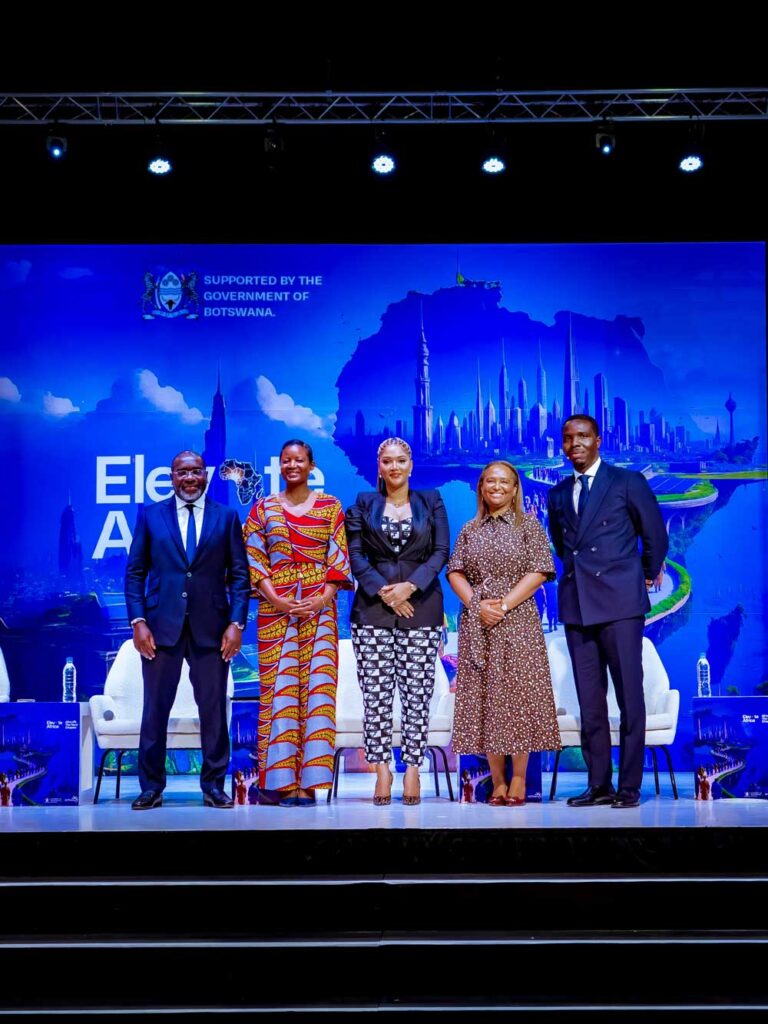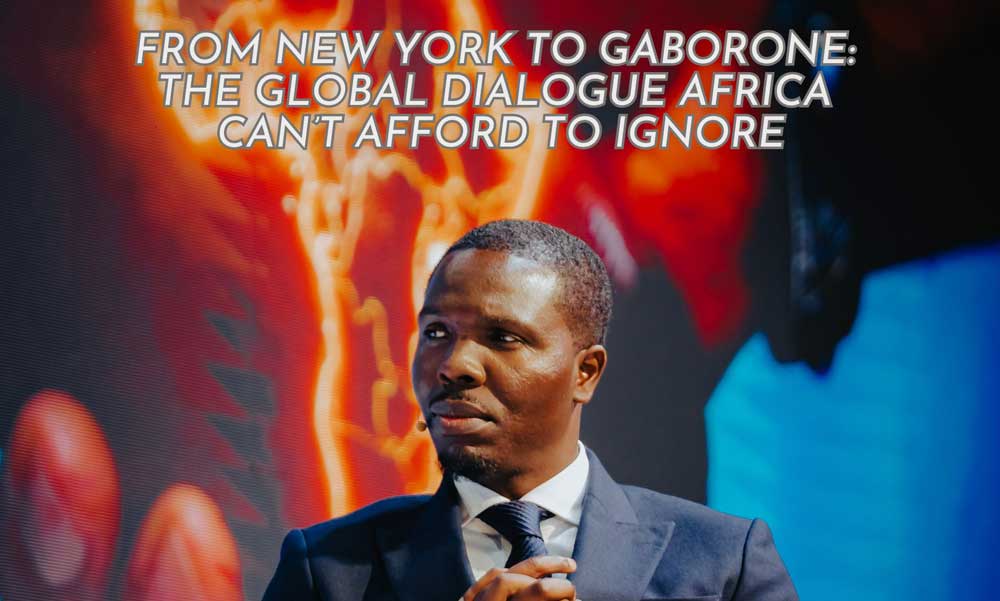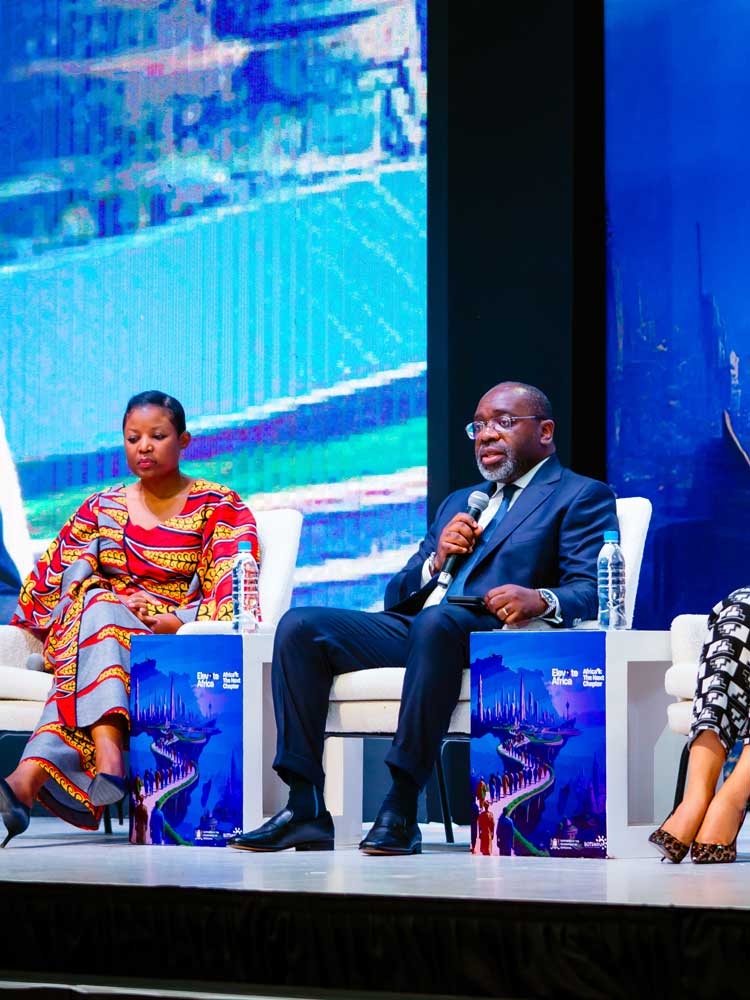From New York to Gaborone: Why Africa can’t grow without resilient infrastructure
It always amazes me when conversations started in one room in one country on one continent seem to seamlessly carry on in another room, in another country and, in this case, on another continent.
At Elevate Africa Convening, I was privileged to chair a high-level panel that felt both timely and poignant. I was joined by the CEO of BNETD, Kinapara Coulibaly, Zurina Saban, General Counsel and Partner at Africa50, Kuso Kamwambi, Head of the Presidential Delivery Unit of Zambia, and Elizabeth Jack-Rich, CEO of Elin Group – all very accomplished leaders in their professional spheres.

As at Concordia in New York, which ran alongside the UN General Assembly, we explored a fundamental pillar of the economic growth theory – sustainable infrastructure as a catalyst for economic transformation.

The foundations to build transformation upon
Infrastructure is often called the backbone of economic transformation because it provides the physical and organisational foundations that let economies shift from low-productivity to high-productivity activities.
“Infrastructure is often called the backbone of economic transformation”
Africa has gargantuan task ahead of it. As Coulibaly said in his keynote speech, nearly 70% of the infrastructure the continent will need by 2040 has not yet been built. He further highlighted during our plenary discussion that infrastructure development is not just a physical or economic imperative – it is the enabling foundation for human capital, innovation, and productivity growth.
The net benefit of investing in more resilient infrastructure is clear – the economics make sense – with $4 in benefit for each $1 invested. Yet as Saban highlighted, despite a global funding allocation of nearly $3 trillion to the infrastructure agenda, a mere 3% was currently allocated to Africa.
The African finance gap
I underscored this point during our plenary session, referencing The African Economic Outlook (AEO) 2024 report published by AfDB (PDF), which estimates that to accelerate Africa’s structural transformation, the continent needs to close an annual financing gap of $402.2 billion (about 13.7% of its projected 2024 GDP) by 2030.
Coulibaly and Saban challenged financiers and institutional capital to do more, highlighting the need for smarter de-risking mechanisms, greater transparency, or more innovative blended finance models.
Interrogating standards and governance
But financing is only one of the bottlenecks in Africa’s infrastructure story: execution and governance also need to be examined. The panellists noted that while many projects have been completed, execution often falls short of the scale, quality, or resilience needed to deliver lasting impact.
Kamwambi argued that there was also a need for reforms and agility in governance to ensure that policies were enabling rather than limiting – to drive the continent’s transformation agenda. This was further echoed by Jack-Rich – a pioneer and titan of industry rewriting the narrative of Africa’s capability and competency. Elin Air hit the history books in June by completing the first 7,800 landing check for a Bombardier Challenger CL604 aircraft entirely in Nigeria. It was the first time this level of maintenance had been achieved anywhere in Africa.
“There is a need for reforms and agility in governance to ensure that policies were enabling rather than limiting.”
For Jack-Rich, it was a moment that countered the stigma that anything done in Nigeria is not professionally done. As she told the press: “Completing this check is not just a technical achievement, it is a statement of endless possibility.”
Encouraging more innovation
Jack-Rich acknowledged the strong collaboration her organisation has enjoyed with regulators and policymakers, but highlighted that simplifying regulatory processes and directing funding more strategically could further unlock infrastructure growth across the continent. This would encourage more innovation if policies were infrastructure-enabling and unleash even more entrepreneurial spirits on the continent.
The continent must address all three issues with a matter of urgency not least because it is this infrastructure that will support growth even as Africa bears the brunt of global climate change. These impacts are projected to erode 2–4% of Africa’s GDP each year by 2040. Inaction on the continent and beyond is not an option as it will lock Africa into a low-growth, high-vulnerability trap, where the cost of recovery continually outweighs the benefits of prevention.
While there will never be enough time for these necessary discussions, each panellist left with a single continental commitment – taking ownership and accountability in their role in the ecosystem, either as policymakers, financial partners, technical partners and leaders of industry. The power of the words shared was evident – we need to increase collaboration and it starts with dialogues like this. And dialogue must be followed by action.












